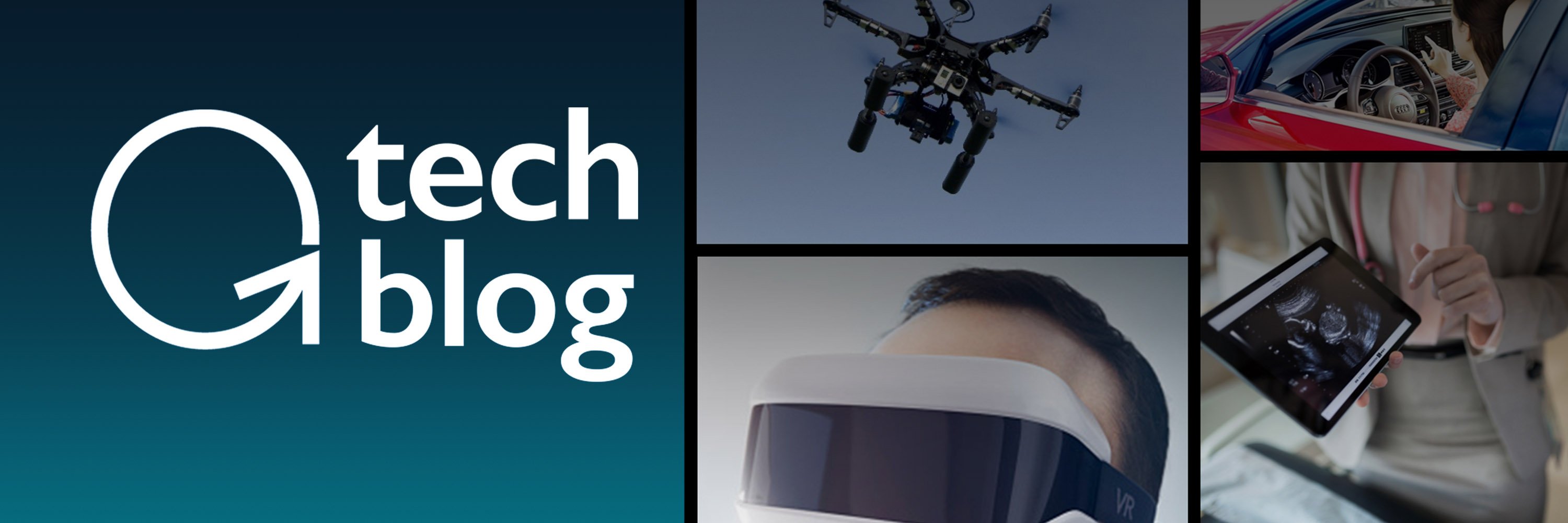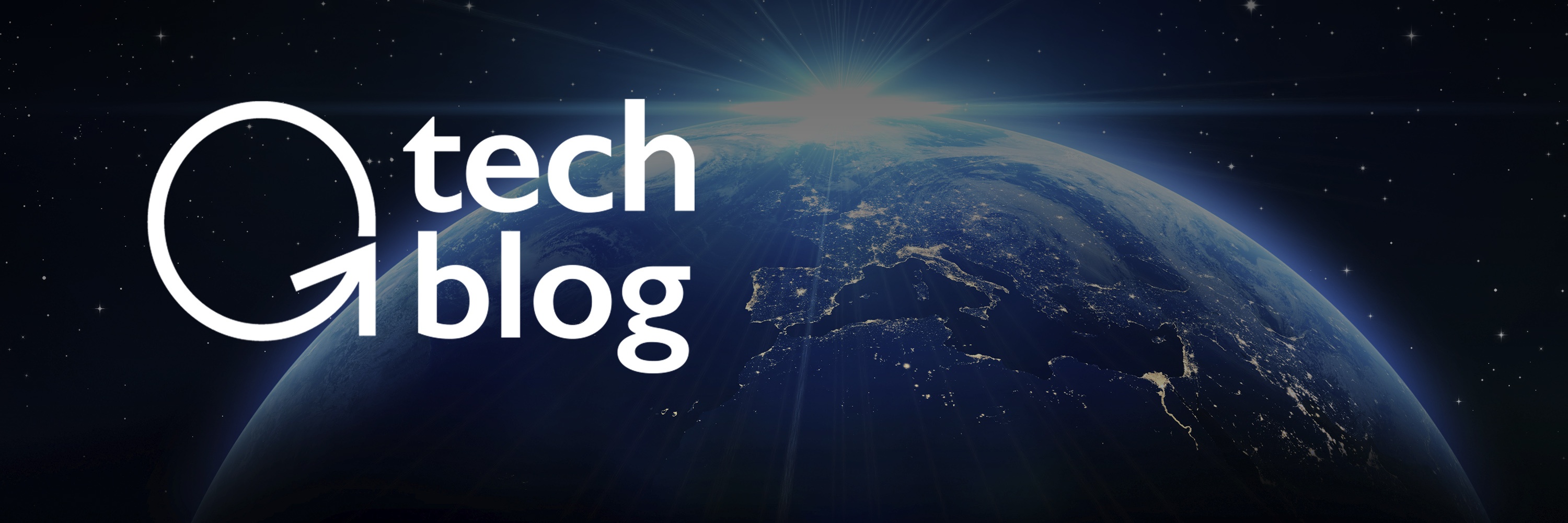
The most dramatic (positive) change in our global economy is about to occur between 2016 and 2020.
Three to five billion new consumers, who have never purchased anything, never uploaded anything, and never invented and sold anything, are about to come online and provide a mega-surge to the global economy.
While most of these individuals are in Africa, India, China and the developing world, and their income is low, when aggregated, this represents tens of trillions of new dollars flowing into the global economy… and no one is talking about it.
I call this group the “Rising Billions.”
What are you going to sell to them?
How are they going to compete with you?
The Rising Billions are not coming online like we did 20 years ago with a 9600 modem on AOL. They’re coming online with a 1 Mbps connection and access to the world’s information on Google, cloud 3D printing, Amazon Web Services, artificial intelligence with Watson, crowdfunding, crowdsourcing, and more.
This is a blog about how the Rising Billions are connecting and the implications to you, your industry and our global economy.
P.S. Send any tips to our team by clicking here, and send your friends and family to this link to subscribe to Abundance Insider.
The Technology Connecting the World
While the Internet has been extraordinary, it has only until recently connected the wealthiest.
In 2010, 1.8 billion people were connected.
Today, five years later, about 2.8 billion are connected…
In other words, on a planet with a 7+ billion population, 4+ billion people still don’t have access to the Internet.
But by 2020, I expect the entire world will be connected.
Here are the four major efforts, deploying tens of billions of dollars to make this happen, that you should know about.
1. Facebook & Internet.org
A few weeks ago, Facebook’s Mark Zuckerberg announced, “As part of our Internet.org effort to connect the world, we’ve designed unmanned aircraft that can beam Internet access down to people from the sky.”
They’ve completed a scaled-down test flight of these aircraft in the U.K.
The final design will have a wingspan greater than a Boeing 737 but will weigh less than a car.
It will be powered by solar panels on its wings and will be able to stay at altitudes of more than 60,000 feet for months at a time.
As Zuck goes on, “Aircraft like these will help connect the whole world because they can affordably serve the 10% of the world’s population that live in remote communities without existing Internet infrastructure.”
The boomerang shaped drone is called Aquila, and it is part of Facebook’s plan to bring Web access to underserved countries through its Internet.org initiative.
Under the program, the drones would fly over areas where Internet access is either unavailable or spotty at best.
Internet.org is looking into a wide range of technologies, including lasers and satellites, which could be used to beam Internet access to people around the globe.
2. SpaceX Global Constellation
A team of about 50 employees at the new SpaceX office in Seattle is working on a project that would use ~700 small satellites to provide Internet access to the entire planet, with a strong focus on rural and developing areas.
“Our focus is on creating a global communications system that would be larger than anything that has been talked about to date,” Musk told Bloomberg Businessweek.
The project can be expected in “sooner than five years,” with a price tag of $10 billion, according to Musk.
Google, along with Fidelity, just invested $1 billion in Elon Musk’s SpaceX with the aim of bringing satellite Internet to remote corners of the world.
And, given SpaceX’s dominance in launch technology, such a system could be extremely affordable to launch and maintain.
3. Google’s Project Loon
Global connectivity is central to Google, and as such, they are betting on multiple approaches to interconnecting humanity.
Project Loon is a network of thousands of balloons traveling on the edge of space (high in the stratosphere, twice as high as airplanes and the weather), designed to connect people in rural and remote areas, help fill coverage gaps, and bring people back online after disasters.
The stratosphere has many layers of wind, and each layer of wind varies in direction and speed.
Google has already demonstrated their ability to control the direction and position of the Loon balloons by rising or descending them into a layer of wind blowing in the desired direction.
By partnering with telecommunications companies to share cellular spectrum, Google will enable people to connect to the balloon network directly from their phones and other LTE-enabled devices.
4. OneWeb – Virgin Group & Qualcomm
One of the first satellite networks proposed came from Greg Wyler, in partnership with Sir Richard Branson, Chairman of the Virgin Group, and Paul Jacobs, Chairman of Qualcomm. Together they proposed a massive constellation of satellites called OneWeb, Ltd. One thing that makes OneWeb unique from other systems is their preexisting allocation of globally harmonized spectrum.
The OneWeb Satellite network design calls for 650 satellites weighing in at 125 kg each, operating at 1,200 km in altitude. Each satellite is capable of delivering at least 8 gigabits per second of throughput to provide Internet access to homes and mobile platforms.
In an interview in January, OneWeb founder Greg Wyler said OneWeb is in a final review of candidate satellite manufacturers and will select a prime contractor by this spring.
Satellite launches would start in 2017.
The Implications of a Connected World
The implications of 7+ billion connected minds are staggering, and we need to be talking about it. Again, the Rising Billion represent tens of trillions of dollars flowing into the global economy. They will drive the need to “bank, the un-banked” (probably with some bitcoin derivative), create an innovation explosion, and drive a new wave of entrepreneurship and global competition.
This is the kind of conversation I have with my 250-person executive mastermind group called Abundance 360 — the convergence of technology leading to the dematerialization, demonetization and democratization of products, services and industries. This CEO-level program is 88% filled. You can apply here.
Share this email with your friends, especially if they are interested in any of the areas outlined above.
We are living toward incredible times where the only constant is change, and the rate of change is increasing.
P.S. Know someone who would benefit from getting Abundance Insider? Send them to this link to sign up.
P.P.S. Please forward this to your best clients, colleagues and friends — especially those who could use some encouragement as they pursue big, bold dreams.





